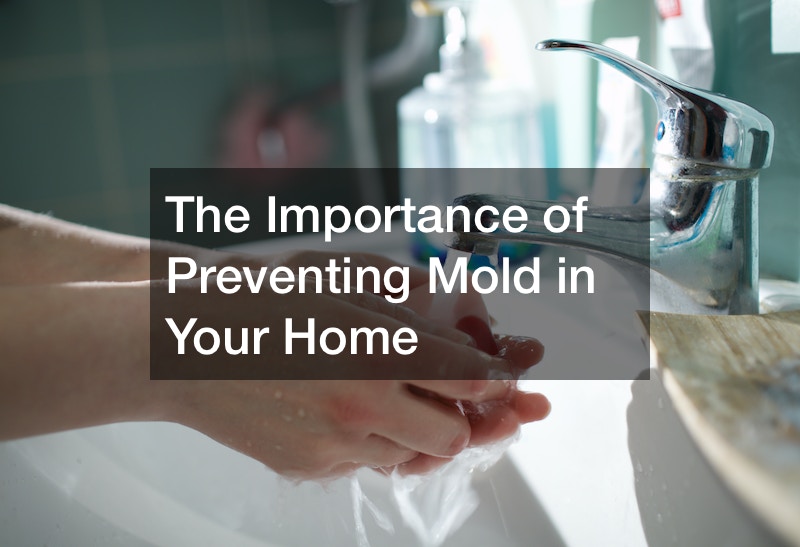
When you have had any water damage to your home, there may be mold growing on it. You need a mold inspection after water damage to make sure that there is no mold. Mold professionals know how to test for mold after water damage to see if there is any growth. If mold is detected, it has to be dealt with right away so that the mold doesn’t do any damage to the home and to the lungs of those in the home.

Mold leads to a number of respiratory problems in people who have it in their homes. Mold can cause asthma symptoms as well as lead to lung infections and even pneumonia. People have died as a result of mold in their homes. When a mold problem is bad, you may have a company put a microbial hazard sign on house. Often, it takes a home inspection business to find the mold, and they may recommend it as uninhabitable.
Getting rid of mold can be a big job, depending on how much mold is found. The building materials that it’s growing on may have to be removed. This can be expensive, but it has to be done for your health.

Most of us spend quite a bit of time in our homes and therefore put a lot of time, energy and money into making it a comfortable and safe environment. You rely on your home to protect your family from potential outdoor threats, but what if the danger is actually inside your home? When left unattended, water damage can lead to the growth of mold, which can in turn become a major health hazard for you and your family. Severe cases may require waterproofing interior basement walls in your home or other costly repairs. So how does mold even get in our homes in the first place?

Mold requires moisture to grow, so if you find mold anywhere in your house, you can be sure to find water as well. The most common place for water damage in your home is the basement, and approximately 90% of basements will suffer from water damage, according to experts. Therefore, your basement could potentially be housing quite a bit of mold. If your basement leaks when it rains, you should check for signs of mold and fix basement leaks as soon as you find them. While many types of mold are harmless, some can cause allergic reactions or even more serious health problems.
Breathing in or touching mold can be hazardous to your health. Molds can cause a variety of symptoms, including itching, sneezing, and other common allergic reactions. For people with asthma, it can be more harmful. If someone with asthma breathes in mold, it can result in an asthma attack, which can be very serious in certain cases. Some molds even produce mycotoxins, which are actually poisonous. For these reasons, it is important to check for signs of mold growth regularly and act immediately if mold is detected.
If you find mold in your home, this means that you have a moisture problem. Since the basement is the most likely culprit, there are a number of ways you can stop basement leaks and excess moisture to get rid of your mold problem. Installing a basement sump pump is one way to ensure that excess water and moisture is driven out of your home. If you have a lot of water damage, waterproofing interior basement walls might be your best bet. Whatever you have to do, it is important to fix the problem before it gets worse and potentially harms you and your loved ones. Read more.